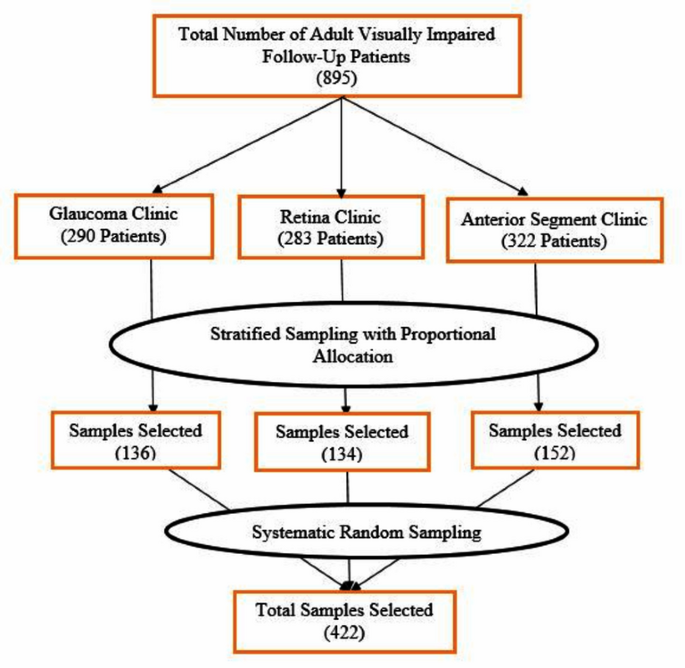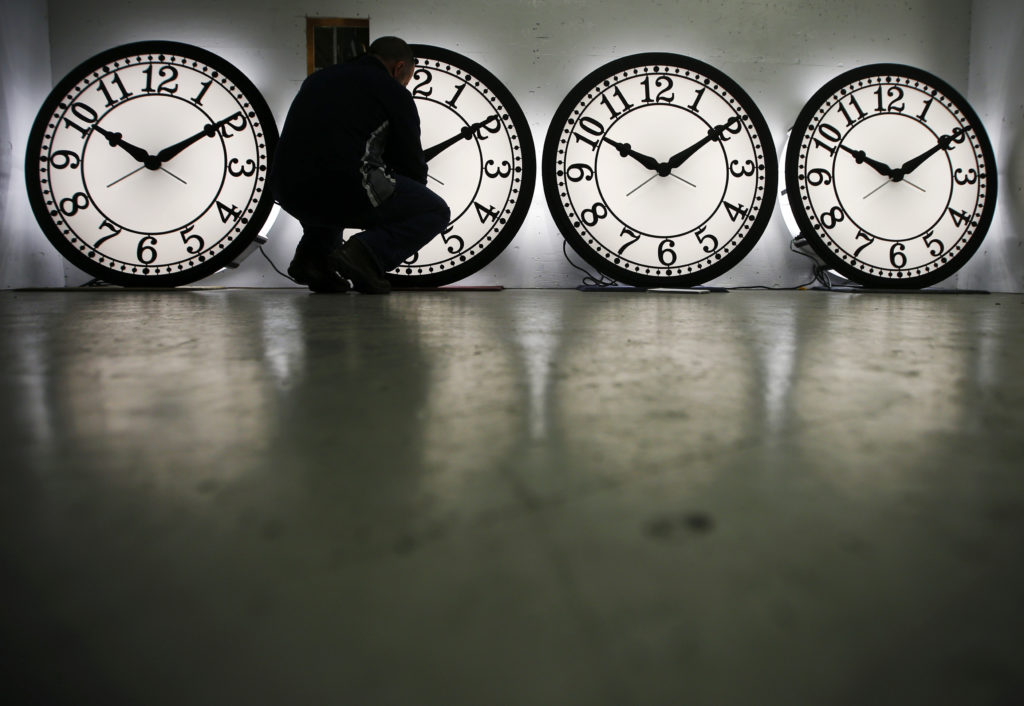IAPB’s Value of Vision Report Shows Every $1 Invested in Eye Health Could Yield a $28 Return

 |
|
NEW YORK—A targeted $7.1 billion investment over five years to expand basic eyecare in low- and middle-income countries could restore sight to about 255 million people by 2030 and generate roughly $199 billion in economic benefits over the same period—a return of about $28 for every $1 spent, according to “The Value of Vision report,” published by the International Agency for the Prevention of Blindness (IAPB), in collaboration with Seva Foundation and Fred Hollows Foundation, to coincide with the United Nations General Assembly in New York last month.
“Unlike many complex health or development issues, we know the solutions,” Peter Holland, chief executive, IAPB, wrote in the report’s foreword. “The interventions already exist and are proven, affordable and easy to implement—as straightforward as a pair of glasses, as cost effective as a cataract operation.”
The plan centers on six “accelerator” interventions designed to deliver rapid impact at relatively low costs while building longer-term capacity. They include:
- Early detection through screenings in the community using existing infrastructure, especially for school children, professional drivers and adults over the age of 40.
- Give out reading glasses on the spot right after screenings, if needed.
- Increase capacity in the workforce by investing in training and technology.
- Boost surgical productivity and teams by strengthening existing workflows, with the potential to increase surgical productivity by 40 percent to 50 percent.
- Remove barriers to access like cost, distance and stigma that stop people from accessing the care they need.
- Make cataract surgery even better with innovative training techniques, wider use of biometry and stronger minimum post-op care standards.
 |
The analysis focuses on 111 low- and middle-income countries (LMIC) that together account for about 98 percent of the LMIC population. It zeroes in on the two most readily treatable causes of avoidable vision impairment, are uncorrected refractive error (including presbyopia) and cataracts, which the report says comprise roughly 90 percent of avoidable sight loss.
Under the proposed scenario, nearly 200 million cases of near-vision impairment would be corrected and 18 million cataract cases averted by 2030. The model projects reductions across severity levels, including roughly 3 million fewer people living with blindness compared with business as usual.
Costs and Returns
The $7.1 billion price tag covers workforce development (about $2.0 billion), expanded cataract surgical capacity ($2.0 billion), eyeglasses ($1.4 billion), community screening ($991 million), facility eye exams ($220 million) and patient incentives and quality improvement measures ($418 million). The authors stressed the investments are complementary. Increased screening produces demand that must be met by greater refraction and surgical capacity.
Monetized benefits modeled by the analysis include employment gains for people whose sight is restored, higher occupational productivity after vision correction, reduced caregiver burdens and long-term income gains from improved learning among school-aged children. The largest single benefit stream comes from projected occupational productivity gains tied to correcting mild and presbyopic vision loss.
Broader social benefits the report highlights but did not fully monetize in the $28-to-$1 return, include fewer road deaths and injuries, improved mental health, and longer, healthier lives for older adults. In one projection, the authors estimate the five-year program could avert about 5,800 traffic deaths and more than 211,000 injuries by improving vision among drivers and the general population.
Practical, Fast-Moving Interventions
The analysis endorses approaches already in use in several countries and by large eye health providers: training midlevel vision technicians to provide community refraction, deploying mobile clinics and tele-refraction to reduce referral drop-off, dispensing low-cost ready-made reading glasses on-site, and adopting high-volume surgical workflows that shift non-surgical tasks to allied personnel to free surgeons for operations.
Evidence cited in the report shows that reading glasses can cost under $3 per pair in volume and that simple workplace or school screening and glasses programs can yield immediate productivity and learning gains. The authors did not model more complex eye conditions such as diabetic retinopathy or glaucoma in this investment case but said the proposed investments would strengthen systems to tackle those problems later.
“Five years ago, this General Assembly achieved the adoption of the ‘Vision for Everyone’ resolution, a landmark agreement that committed us all, as leaders, to ensuring eyecare reaches those who need it most,” said Gaston Browne, prime minister of Antigua and Barbuda, in his address at the United Nations. “But five years on, not enough progress has been made. There are still children losing out on education because they cannot read a book or see a blackboard properly. There are still workers leaving their jobs because they cannot see well enough to be safe or productive. There are still elders unable to help their families or contribute to society in the way they can and should.”
He continued, “Unlike some difficult and complex policy issues, eye health already has solutions that are affordable and implementable. What is needed now is action to get these solutions to the people who need them.”
A Global Development Pitch
The analysis frames eyecare as a development as well as a health priority, arguing that restoring sight supports education, labor-force participation, gender equity (by easing caregiving burdens that fall disproportionately on women) and road safety.
The authors note the case could be much larger if countries expanded beyond the initial focus. They estimate that closing the remaining avoidable sight-loss gap across low- to middle incoming countries would deliver annual global economic gains of roughly $447 billion.
The report’s authors call for rapid political commitment, earmarked financing, regulatory changes to allow trained nonclinical personnel to dispense reading glasses and partnerships with private and non-government organizations to scale services. They urge governments to embed eyecare into universal health coverage and to leverage schools, workplaces and driver licensing systems as screening platforms.
“The benefits of restoring sight to individuals, families, communities, and the broader economic and social environment are clear,” said Jack Hennessy, senior health economist, The Fred Hollows Foundation. “We show how such interventions can be nationally and globally scaled at extremely low-cost, proving that eye health truly is one of the best investments in global health.”
Brad Wong, chief economist at Seva Foundation agreed, “By 2030, these measures could return hundreds of billions to the global economy each year. The evidence is clear: eye health is no longer a peripheral issue. It is central to driving sustainable growth.”
link






